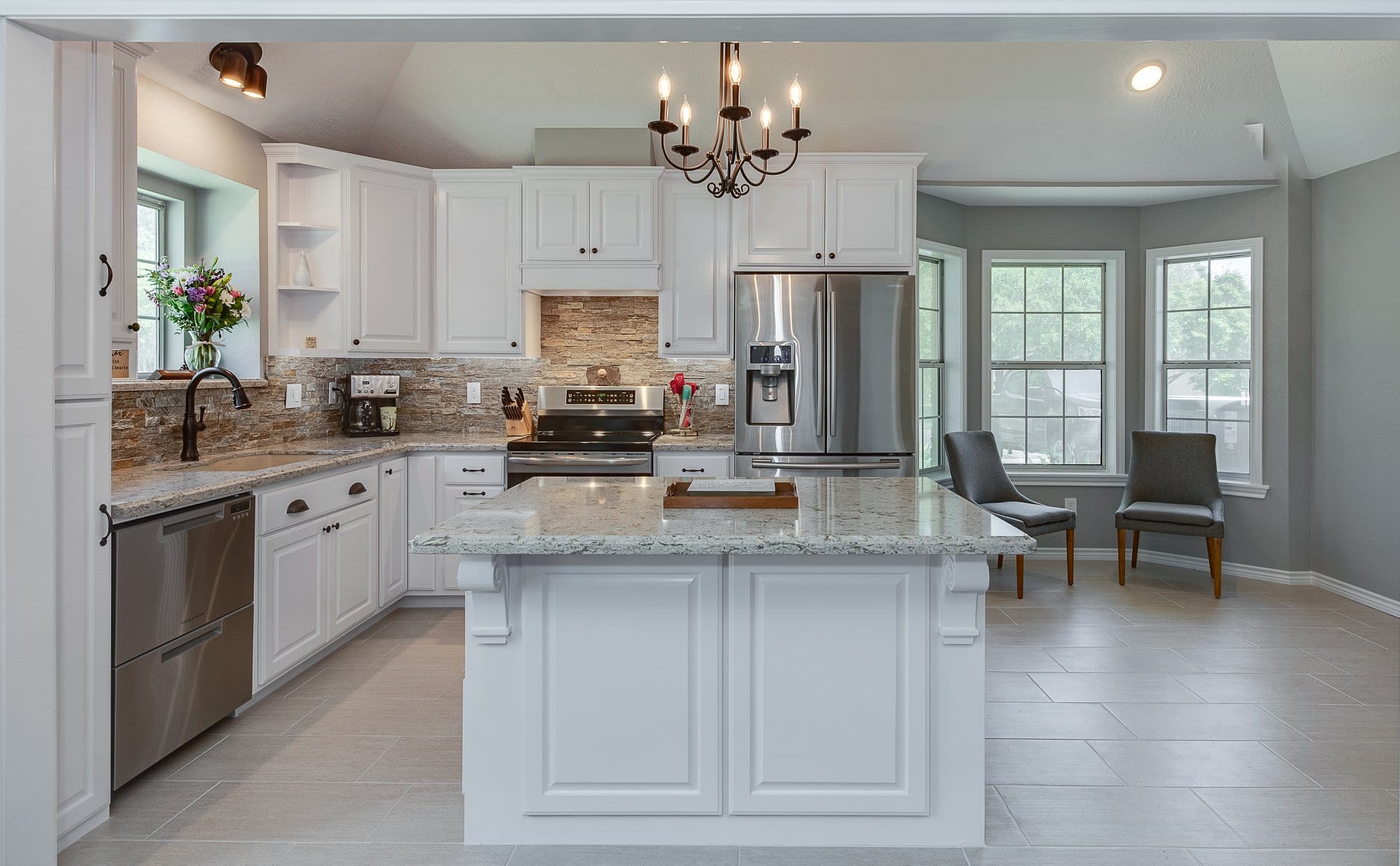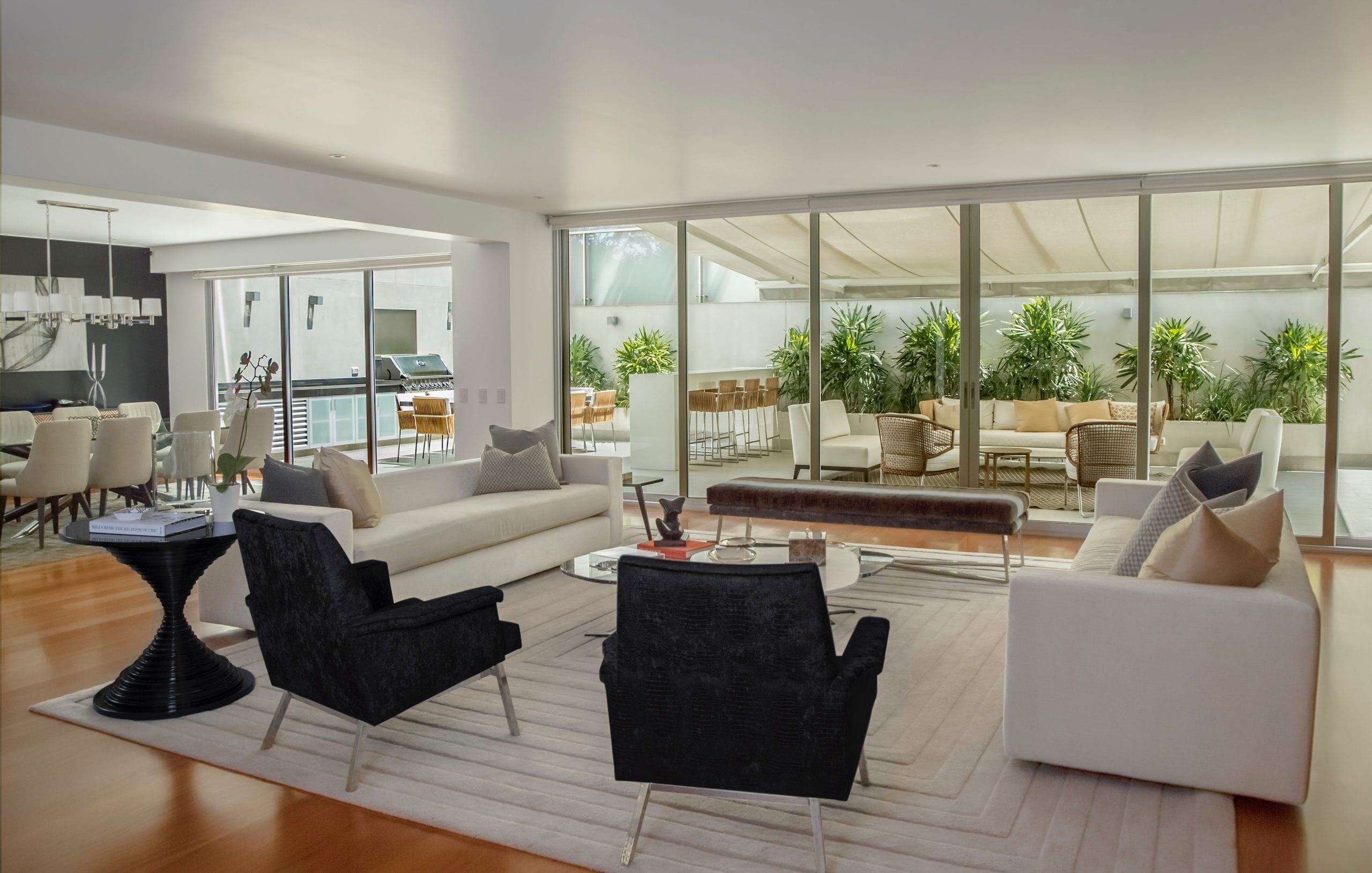Siding works best when there has air movement behind it. We can accomplish this with something called a rainscreen. This is simply placing siding on a lath strip, holding it out from the wall so that water can drain and air can move. A rainscreen will help both the siding and the paint on a home last longer. We feel that it is a mistake to leave the rainscreen off when placing wood siding. It is also highly recommended for fiber cement siding.
When replacing siding we usually remove everything down to the framing. This allows us to inspect and fix the insulation. This includes caulking the base of the wall whereby reducing air leaks. Occasionally there will be rot or other defects that will need to also be repaired.
We always use structural sheathing on the outside of a wall. Structural sheathing is made from wood and when put under stress, the nails that hold it will fail before the sheathing does. This has the effect of turning the wall into a beam. Consequently, this is a good idea anywhere, but especially here; as we have expansive clay soils that often cause foundations to move. By using solid structural sheathing we create a much stronger house that will hold up even when the earth moves.
A product called house wrap is then placed on top of the structural sheathing. This acts as a moisture and air resistive barrier that protects the house. However, many house wraps allow too much air and moisture through as a result of our hot, humid climate. As a result, top of the line, Tyvek brand house wrap, is specified on all of our projects. The house wrap must then be taped at all of the seams and at the top and bottom of the wall. This is a crucial step in properly air sealing a home. It is important to use tape that has been specifically formulated to adhere to the house wrap used. Application of house wrap around windows and doors is somewhat intricate and each step is fundamental to a well functioning house.
The rainscreen is formed by using lathing strips that hold the siding out from the wall. We place a screen along the bottom of the wall where the void has been created by the rain screen to allow air in and to prevent bugs from getting in. There is also a screen placed along the top edge of the wall to allow air to escape. In addition to keeping the siding dry, this air circulation helps reduce heat build up.
Proper application of siding requires a lot of attention to detail. Siding is supposed to be fastened to the lath. However, most often we see trim placed directly over the siding. While this is a much faster way to finish a job, it is a significant compromise to the overall aesthetics of a project and especially to the way the home is protected from wind, water and humidity.
It is not uncommon to see window and door trim run in ways that will cause leaking. Failure to properly install metal flashings is another cause of water penetration.
Also see:










